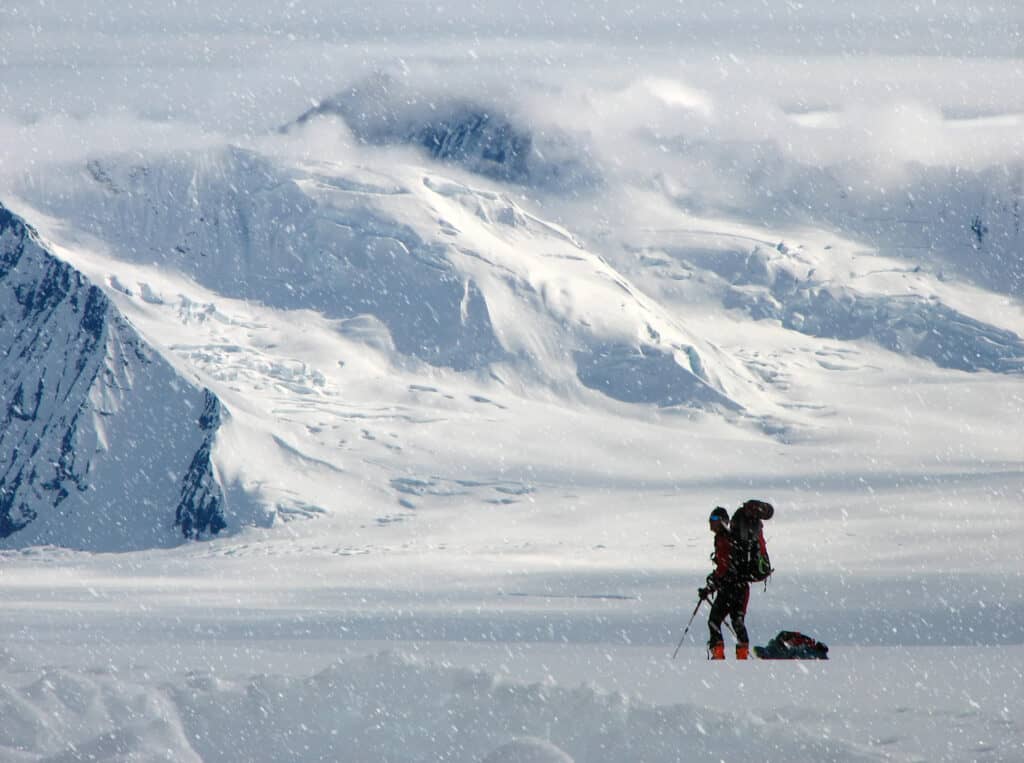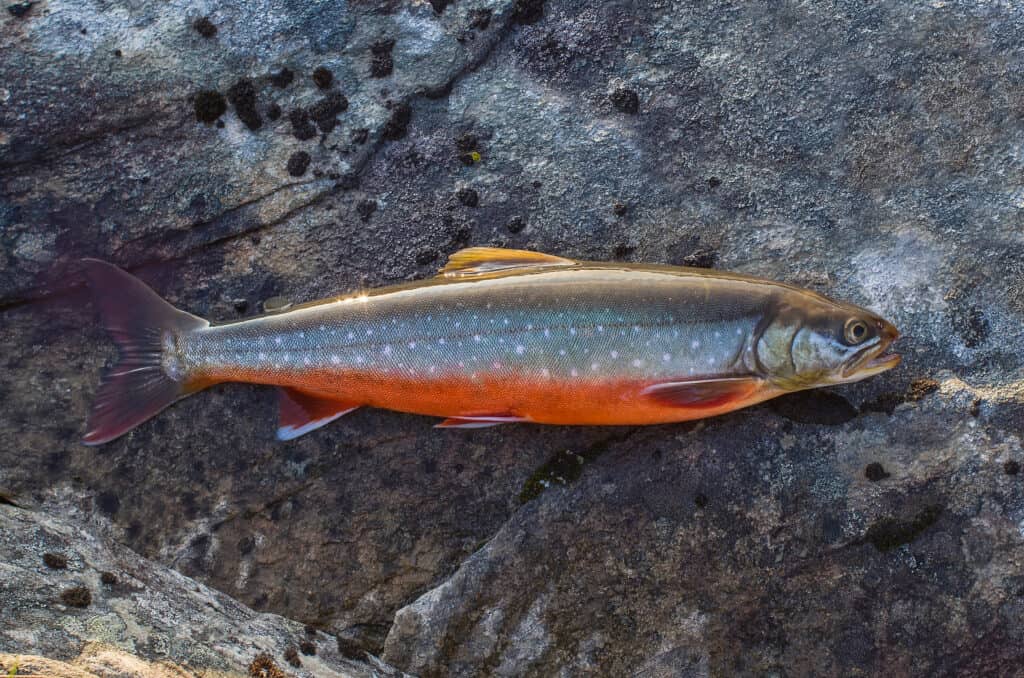Alaska is easily recognized as one of, if not the coldest state in all of the United States. The extreme cold of this far northern state sets records all the time, and its reputation is well known. Today, we are going to take a look at Alaska and discover the coldest January that has ever been recorded there, plus a few other interesting facts about the state. Let’s get started!
The Coldest January on Record in Alaska

In 2012, Alaska experienced its coldest January.
©Avatar_023/Shutterstock.com
The coldest January on record in Alaska occurred in 2012 when the state experienced an average daily high temperature of -5.4 °F and an average low of -20.2 °F. More than just a singular cold event at a certain place, January 2012 was extremely cold all month long. The results are compiled from data pulled from the NOAA, with the first year of collection occurring in 1895. Over the past 150 years, the coldest January in the coldest state in the US was only a few years ago!
The all-time record low temperature in the United States was also recorded in Alaska, specifically in the abandoned settlement of Prospect Creek. On a particularly cold January morning in 1971, the temperature in Prospect Creek plummeted to an astounding -79.96°F. The coldest single temperature ever recorded in the states wasn’t during the coldest January on record, however.
Only ten years later, the warmest January in Alaska was recorded. In 1981, the statewide average daily high was 26.5 °F, and the average low was 13.7 °F. With a temperature difference of nearly 40 degrees, it’s amazing that the averages occurred in the same month.
The Coldest Month in Alaska
The coldest month in Alaska, on average, is January.
If you’re planning a trip to Alaska in January, you can expect to experience the state’s coldest temperatures of the year. On average, daytime temperatures in Alaska during January range from 5 to 30°F. These freezing temperatures can be a challenge for travelers who are not used to such cold weather. Despite the cold, January can be a great time to visit Alaska. The state is known for its stunning natural beauty, and during the winter months, it transforms into a winter wonderland with snow-covered landscapes and frozen lakes and rivers. If you’re an outdoor individual, you’ll find plenty of places to enjoy activities such as skiing, snowboarding, ice skating, and more.
Why Does Alaska Get So Cold?
There are several reasons why Alaska experiences such extreme cold temperatures, particularly during the winter months. The first and most obvious reason is its location. Alaska is the northernmost state in the United States and is much closer to the North Pole than any other state. As a result, it is exposed to the cold air masses that originate from the polar region.
Another factor contributing to Alaska’s cold weather is its interior climate. The interior of the state has a continental climate, which means it is influenced by the cold air masses that come down from northern Canada and Siberia during the winter. These air masses can cause temperatures in the interior to drop to extreme lows, with average winter temperatures ranging from 20 to -10°F. It is not uncommon for temperatures to reach -60°F during the winter months.
Finally, Alaska’s topography also plays a role in its cold weather. The state has many mountain ranges, which can trap and channel cold air masses, leading to even colder temperatures. Additionally, the state’s long, dark winters can also contribute to the cold temperatures, as there is less sunlight to warm the surface of the earth.
Animals that can Survive the Alaskan Cold
Alaska is home to a diverse range of cold-hardy animals that have adapted to survive in the state’s harsh climate. Let’s look at a few notable examples.
Musk Ox

Musk oxen huddle together in large groups to conserve heat.
©Fitawoman/Shutterstock.com
One such animal is the musk ox, a large mammal that can be found in the tundra regions of Alaska. Musk oxen have a thick layer of insulating fur that helps them stay warm in freezing temperatures. They also have small, stocky bodies and short legs, which helps to reduce heat loss. During the winter months, musk oxen huddle together in large groups to conserve heat and protect themselves from the wind, allowing them to thrive in temperatures lower than -40°F with ease.
Arctic Char

Arctic char are well adapted to survive in the icy waters of Alaska.
©FedBul/Shutterstock.com
Another cold-hardy animal that can be found in Alaska is the arctic char, a species of fish that lives in the state’s lakes and rivers. Arctic char are well adapted to survive in the icy waters of Alaska, with a thick layer of fat that helps to insulate their bodies and keep them warm. They also have a specialized circulatory system that helps to prevent their blood from freezing.
Up Next:
- What Is the Coldest Place on Earth, and Can You Survive?
- Discover the Coldest Place in North Dakota
- Animals in Alaska
The photo featured at the top of this post is © Gray Moeller/Shutterstock.com
Thank you for reading! Have some feedback for us? Contact the AZ Animals editorial team.






